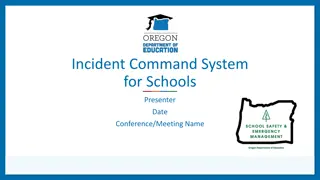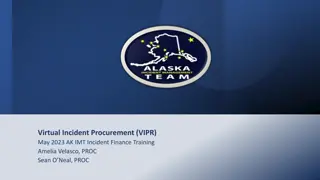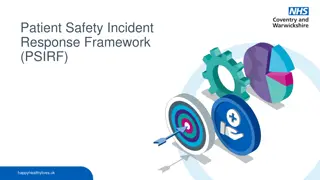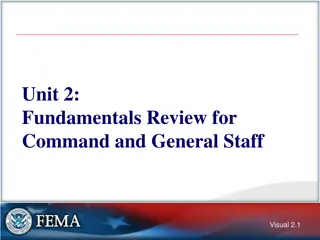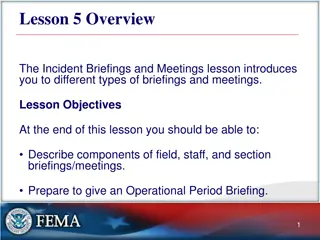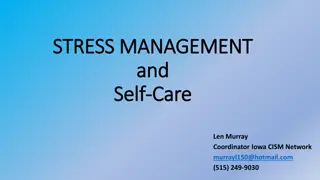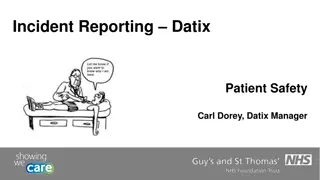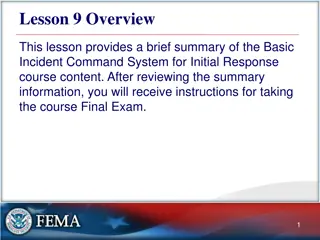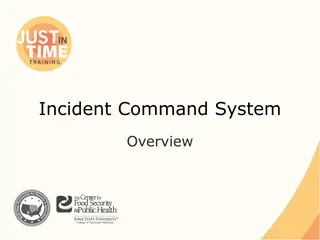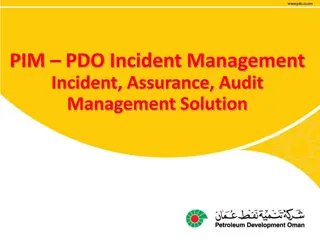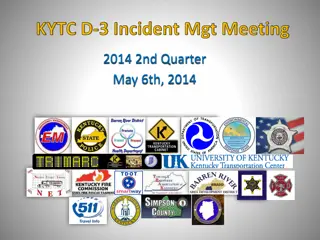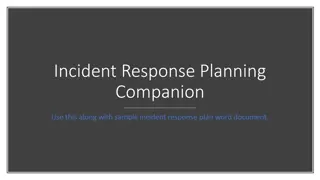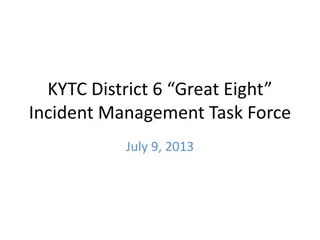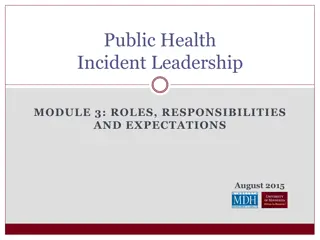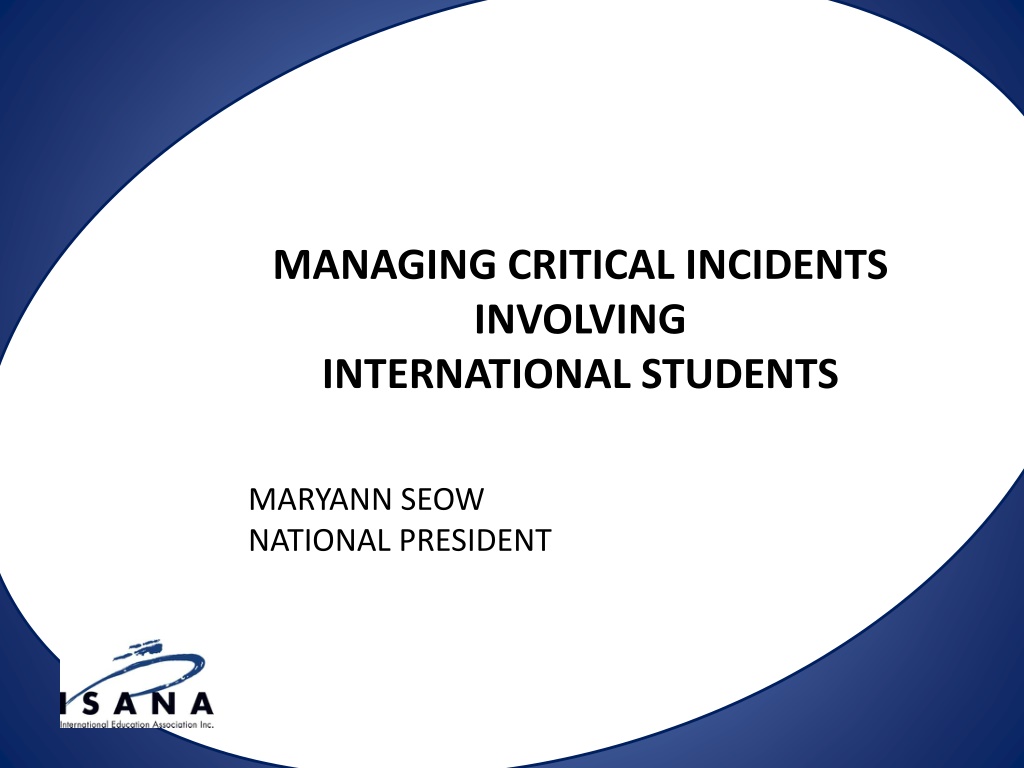
Managing Critical Incidents with International Students
Learn how to effectively manage critical incidents involving international students as well as the importance of being prepared, guidelines to follow, and key considerations to keep in mind.
Download Presentation

Please find below an Image/Link to download the presentation.
The content on the website is provided AS IS for your information and personal use only. It may not be sold, licensed, or shared on other websites without obtaining consent from the author. Download presentation by click this link. If you encounter any issues during the download, it is possible that the publisher has removed the file from their server.
E N D
Presentation Transcript
MANAGING CRITICAL INCIDENTS INVOLVING INTERNATIONAL STUDENTS MARYANN SEOW NATIONAL PRESIDENT
Lets have a go at defining a critical incident. One definition: sufficient enough to overwhelm the usually effective coping skills of either an individual or group. Critical incidents are typically sudden, powerful events which are outside the range of ordinary human experiences. Any event which has a stressful impact
EXAMPLES OF CRITICAL INCIDENTS Critical incidents are not limited to, but could include: missing students; severe verbal or psychological aggression; death, serious injury or any threat of these; natural disaster; issues such as domestic violence, sexual assault, drug or alcohol abuse; Non-life threatening events could still qualify as critical incidents. ARE YOU READY AND PREPARED?
WHY DO YOU NEED TO BE PREPARED? More effective management Brand and reputational management Statutory requirements Well-being responsibilities
GUIDELINES Have a Plan Single point of referral A response team with visible leadership Information gathering and verification Connect and support affected individuals Communication protocols internal and external Use all resources available to you Record keeping
IMPORTANT CONSIDERATIONS Clear roles are important Develop staff skills Timeliness of communication is critical Cross-team communication and collaboration is vital Involve community groups for additional support Partner with diplomatic representatives Establish relationships with authorities Keep in touch with the students build trust
AH - YES BUT Social media managing the message Other providers students have friends Funding/finances support, contingencies Excessive demands when to say No Too much help managing goodwill Workload management staff wellbeing
THANK YOU MARY ANN SEOW NATIONAL PRESIDENT PRESIDENT@ISANA.ORG.AU


